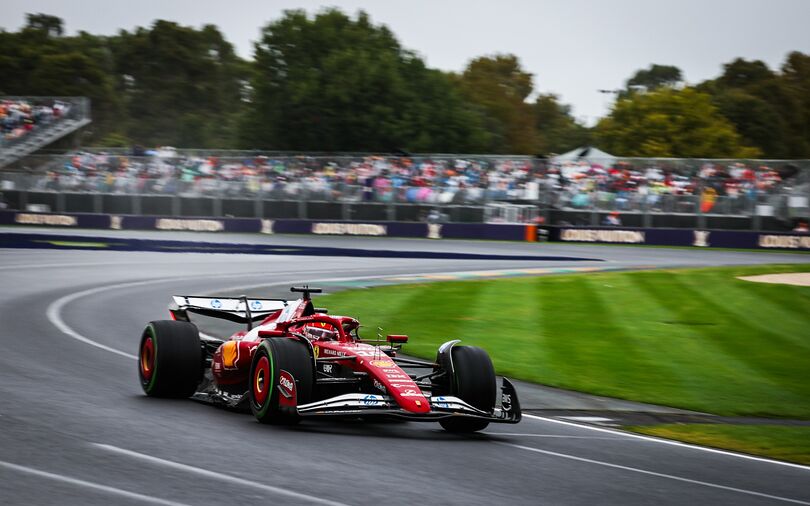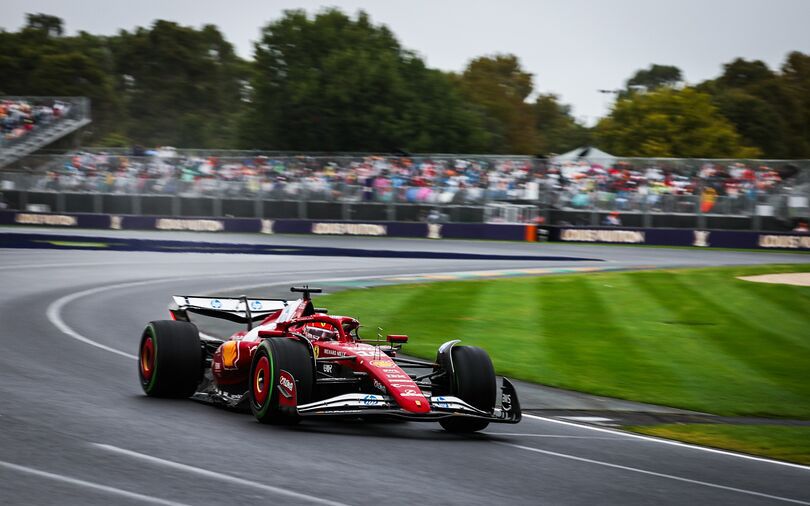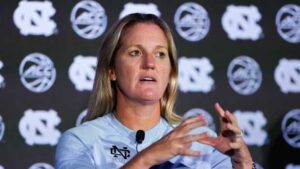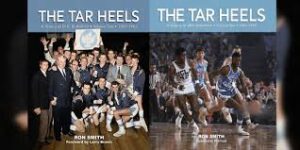

With the season-beginning Australian Grand Prix finished and dusted, F1Technical’s senior creator Balazs Szabo takes a study teams’ one-lap overall performance from the Melbourne qualifying session.
Having lived as much as the expectancies from the Bahrain pre-season testing, McLaren motive force Lando Norris received the Australian Grand Prix beginning from pole function.
In the bulk of the 57-lap race, the Briton discovered himself in a near combat together along with his group-mate Oscar Piastri for the victory, albeit a past due rain bathe result in a exciting end. The climate quite lots divided the race into 3 parts – the primary withinside the wet, the second one withinside the dry after which the very last component all over again withinside the wet.
Up till half-distance it gave the look of McLaren had been heading for a dominant one- finish, however then at one factor it regarded the win may get away them, however they nonetheless were given each drivers domestic withinside the points.
Norris took the 5th win of his profession and wide variety a hundred ninety for the group run through Zak Brown and Andrea Stella, it’s 12th victory in Australia. Norris may also take pleasure in taking the second one hat-trick of his profession, clinching the win, pole function and the quickest race lap.
Pure tempo in qualifying
As for the qualifying, motors usually have become lots faster than withinside the preceding season. With the climate situations having been continuously heat and constant at some stage in the qualifying consultation, the season’s first time-assault consultation brought a primary photo of the pecking order.
While the qualifying consultation of ultimate season’s Melbourne race noticed Max Verstappen narrowly beat the Ferraris of Charles Leclerc and Carlos Sainz, the pecking order has absolutely modified for 2025.
Among the pinnacle teams, McLaren progressed the most, having been 1.219s faster than what they controlled a yr ago. Mercedes finished a comparable improvement, with Russell posting a time that became 1.178s quicker than his benchmark from 2024.





